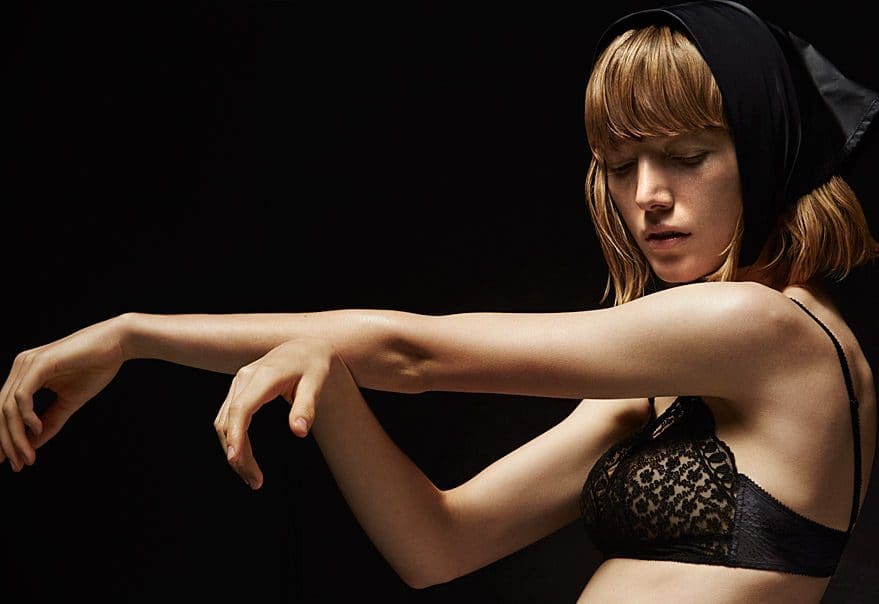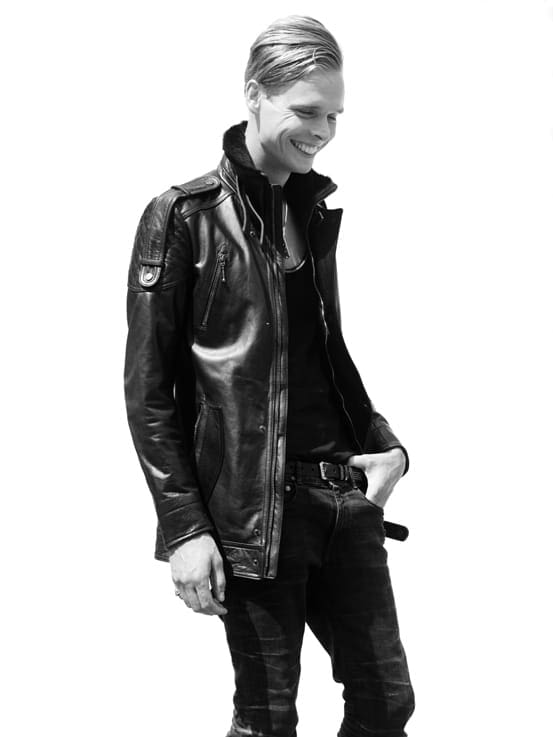words Alexa Wang
Silk is a slippery material to pin down. Just when you pigeonhole this fabric as extravagant, you’ll find examples of its understated simplicity. As soon as you characterise silk as minimalist and chic, you’ll uncover instances of its lustre, boldness and creativity.
Gloriously versatile but enduringly luxurious, it is perhaps the centuries-long history of silk in fashion that makes this substance so multi-faceted. With millennia of silk fashion inspiration to draw from, there are many sides to this high-end, historic fabric. To take some fashion inspiration from silk’s rich history, read on and explore its illustrious past, as well as the figures who made this material shine.
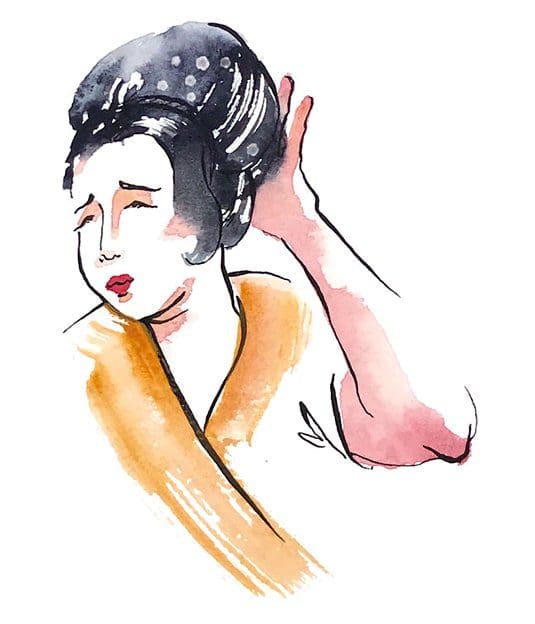
The Goddess of Silk
Lady Hsi Ling Shih, also known as the Goddess of Silk, was perhaps the very first silk fashion icon. Hsi Ling Shih was an empress, the wife of the Yellow Emperor, Huang Ti, and lived around 2700-2600BC. One day, the story goes, while drinking tea beneath a white mulberry bush in the palace gardens, the Lady was surprised by a silkworm cocoon falling into her cup. As the cocoon unravelled in the warm liquid, Hsi Ling Shih was captivated by its sheen and delicacy.
She sought to discover the source of the cocoon and happened upon Bombyx mori silkworms living in the palace’s mulberry trees. She learned to cultivate these worms (a process known as sericulture) and developed looms to weave their silk into a lustrous fabric.
While the romance of this story is difficult to resist, the Goddess of Silk is unlikely to have been the true originator of this soft, pearlescent fabric. In fact, archaeological discoveries suggest that silk was cultivated and woven before the time of Lady Hsi Ling Shih. The earliest surviving piece of silk fabric was found in the Henan Province in China. The fabric was used as a funeral shroud and dated from approximately 3630BC.
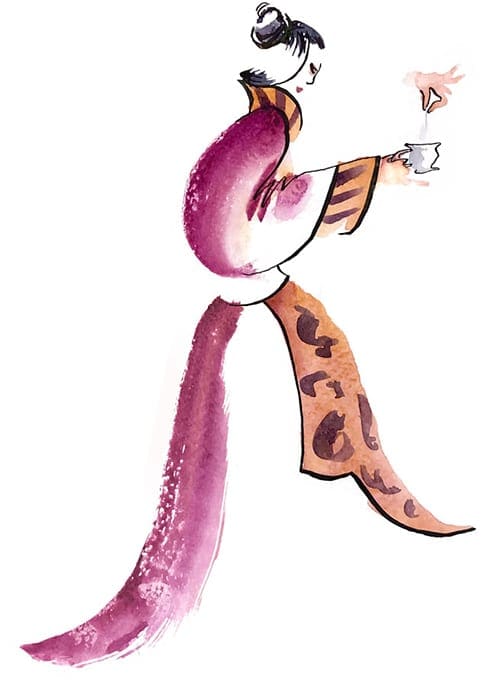
Emperors and Leaders
Silk production remained a closely guarded secret in China for centuries, but as global empires rose and fell, the fabric found its way along the aptly named Silk Road into West Asia and Europe. Civilisations such as Persia and Ancient Rome all prized glossy, iridescent silk.
The last emperor of the Persian Empire, King Darius III, popularised the wearing of silk head garments in his court. Persian courtiers would wear tightly wrapped silk scarves about their heads and necks. Later, in the time of the Roman Emperor Caligula, silk was again prized as an extravagant material. Alongside taking baths in heated perfumes and drinking cocktails made from dissolved pearls, Caligula liked to don flowing silk garments in order to dress as the Roman goddesses did.
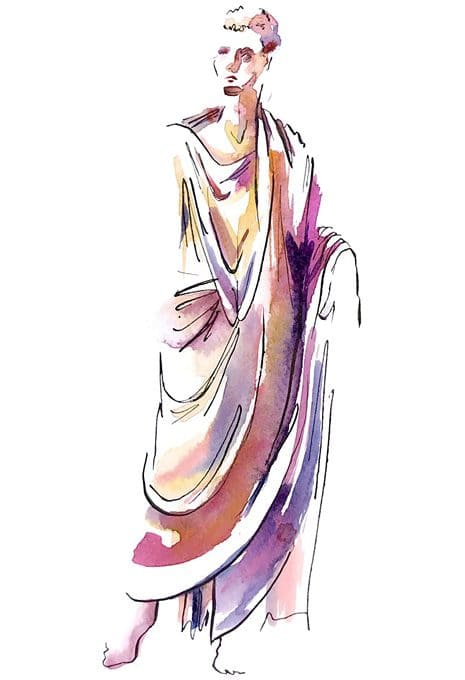
Vintage Figures
Silk is certainly not exclusive to ancient historical figures. In more recent history, the fabric has been embraced by elegant Indian princesses, chic Hollywood starlets and scandalous artists alike.
In the late 1800s Indira Devi, a member of the Indian aristocracy, popularised the wearing of the silk chiffon sari, a garment that is enduringly popular as occasionwear in India today. After she fell in love with her future husband, the soon-to-be Maharaja of Cooch-Behar, Indira became a beloved, fashionable figure, famed for her elegance and eye for fashion.
In the Western world, silk was adopted by many glittering stars of the silver screen, including the immortal Grace Kelly, who once used a patterned silk Hermes scarf to accessorise her broken arm. Audrey Hepburn’s knotted silk scarves, meanwhile, are almost as iconic as her retro oversized sunglasses.
Silk’s more contemporary history in the West is not restricted to elegant ‘finishing touches’, such as an understated scarf. The inimitable Frida Kahlo, whose exuberant personal style is almost as acclaimed as her self-portraiture, embraced silk in many of her outfits. Today, her clothing can be found preserved in museums and galleries across the globe. Her collection included richly coloured and ruffled silk skirts, silken appliques featuring ferocious tigers on red leather boots and silk capes embroidered with bright, twisting, natural motifs.
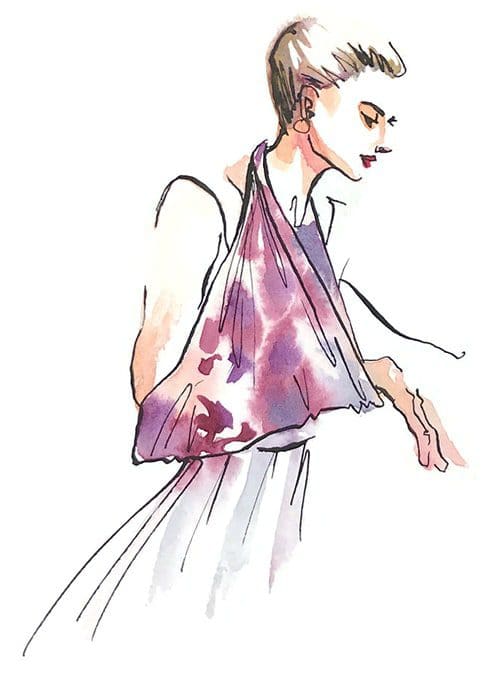
Silk and Personal Style
Personal style and silk go hand in hand. This is a fabric that, throughout history, has mirrored the aesthetics of its wearer. Elegant or extravagant, minimalist or maximalist, silk evokes a multiplicity of beauties while continuing to hold its own. The fluidity of silk can be seen at fashion weeks worldwide to this day, incorporated into street style, accentuating haute couture and more. If history has taught us anything, it’s that silk is a fabric made for self-expression and woven with indelible elegance at its heart.















